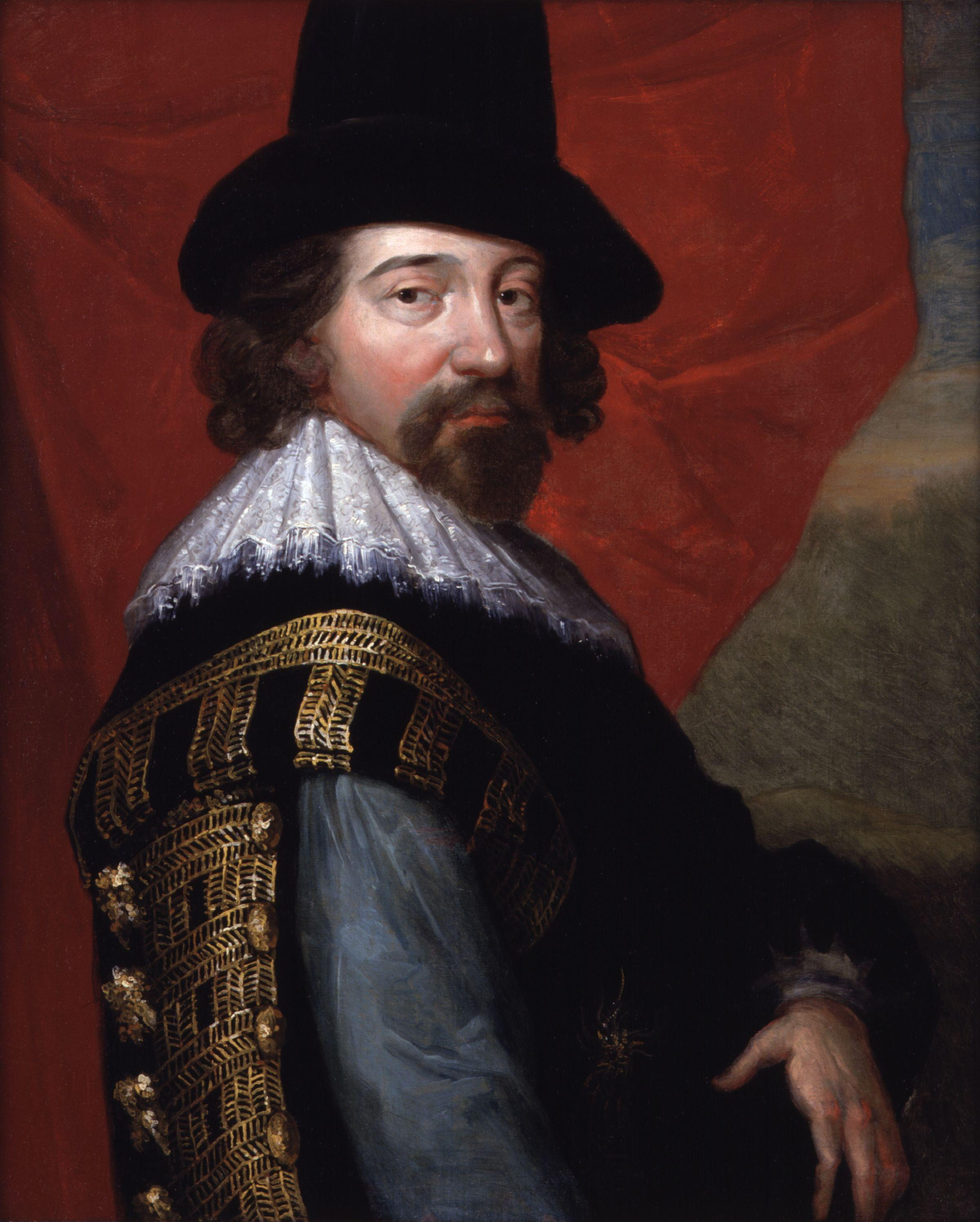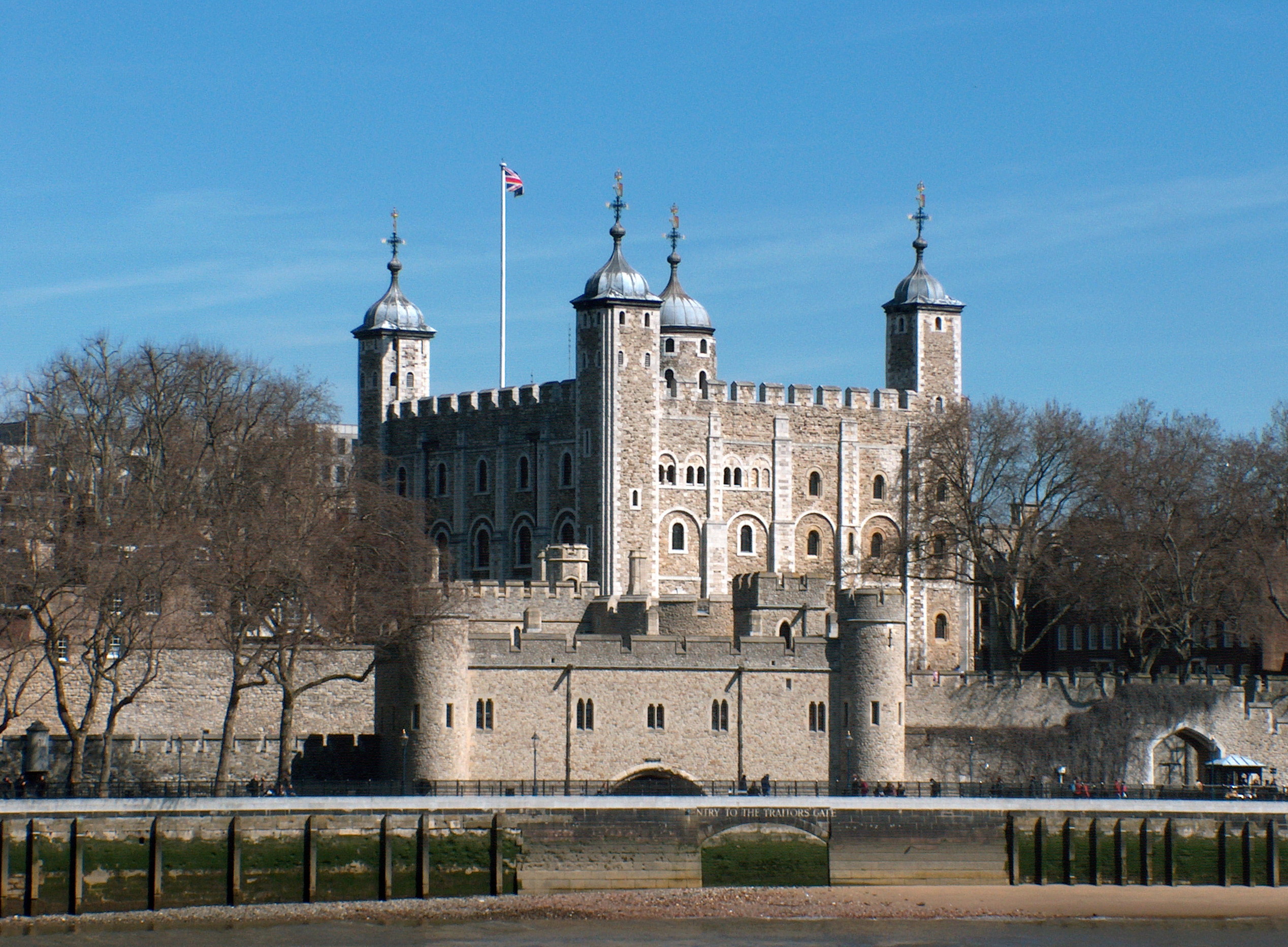Biographical Information

Sir Francis Bacon by John Vanderbank (ca. 1731) (Image Source: National Portrait Gallery, London: NPG 520)
Francis Bacon was born in York House near the Strand in London on January 22, 1561 and died of pneumonia on April 9, 1626. Sir Francis Bacon was not only a scientist, but also a philosopher, statesman, scientist, jurist, and also served as Attorney General and Lord Chancellor of England. Many believe that Sir Bacon was educated at home due to his poor health, which continued his whole life, until he attended Trinity College at the age of twelve. His studies at Trinity College were conducted in Latin and followed the standard Medieval curriculum of the time. His studies led him “…brought him to the belief that the methods and results of science as then practiced were erroneous. His reverence for Aristotle conflicted with his loathing of Aristotelian philosophy, which seemed to him barren, disputatious, and wrong in its objectives” [1]. Francis Bacon is considered the father of modern science. He proposed, at his time, a great reformation of all process of knowledge for the advancement of learning divine and human. He called it Instauratio Magna (The Great Instauration).[2]
Specific contributions to plate tectonic theory / solid Earth geophysics
Francis Bacon played an indirect role in the contribution to plate tectonic theory and solid Earth geophysics, but was influential to all in the scientific community. Francis Bacon created the Scientific Method, also known as the Bacon Method. The Great Instauration was divided into 6 parts: 1. Partitions of the Sciences (De Augmentis Scientiarum), 2. New Method (Novum Organum), 3. Natural History (Historia Naturalis), 4. Ladder of the Intellect (Scala Intellectus), 5. Anticipations of the 2nd Philosophy (Anticipationes Philosophiæ Secunda), 6. The Second Philosophy or Active Science (Philosophia Secunda aut Scientia Activæ). The main goal of these works was to put into place a standard for scientific inquiry. He not only wanted everyone to use the standard, but also lobbied the king to have the state regulate it, which eventually failed.
An overview of the collection of scientific works which developed the scientific method [3]:
1. The Divisions of the Sciences: In this work, Bacon broke down what was already known at the time, and where things were missing.
2. The New Organon; or Directions concerning the Interpretation of Nature: Here, Bacon outlines the new methods for scientific investigation
3. The Phenomena of the Universe; or a Natural and Experimental History for the foundation of Philosophy: Contains what was known about natural history and natural phenomina
4. The Ladder of Intellect: This work connects with The New Organon as it creats a link between natural history and scientific research methods.
5. The Forerunners; or Anticipations of the New Philosophy: Deals with the forerunners or anticipations of the new philosophy, in other words, it deals with how to come to scientific anticipations of research without using the methods in The New Organon.
6. The New Philosophy; or Active Science: This was never completed, but was supposed to explain his new philosophy of science research
He developed his scientific method which consisted of procedures for isolating the formal cause of a phenomenon through eliminative induction. The scientist should proceed through inductive reasoning from fact to axiom to physical law.[2]
Other interesting scientific contributions
"Of Proficience and Advancement of Learning Divine and Human" was published in 1605, and is written in the form of a letter to King James. - This book would be considered the first step in "partitions of the sciences".
“New Atlantis” published in Latin (as Nova Atlantis) in 1624. This was a utopian novel that expressed an ideal humankind.
Other cool stuff you should know
Bacon's public career ended in disgrace in 1621. After he fell into debt, a Parliamentary Committee on the administration of the law charged him with twenty-three separate counts of corruption.[1] He was found guilty and fined £40,000 and committed to the Tower of London; the imprisonment lasted only a few days and the fine was remitted by the king. Although he could not hold a public office again, he escaped “degradation”, where you are stripped of all your nobility titles.

At trial where Bacon declared when questioned about his confession: "My lords, it is my act, my hand, and my heart; I beseech your lordships to be merciful to a broken reed." Image Source: Brititsh Parliament

Tower of London, the gate at the front is called the "Traitor's Gate" where he was incarerated for four days before the king gave him pardon. Image Source: flickr.com
Bibliography
[1] http://en.wikipedia.org/wiki/Francis_Bacon
[2] http://en.wikipedia.org/wiki/Baconian_method
[3] Klein, Jürgen, "Francis Bacon", The Stanford Encyclopedia of Philosophy (Summer 2011 Edition), Edward N. Zalta (ed.), URL = <http://plato.stanford.edu/archives/sum2011/entries/francis-bacon/>.